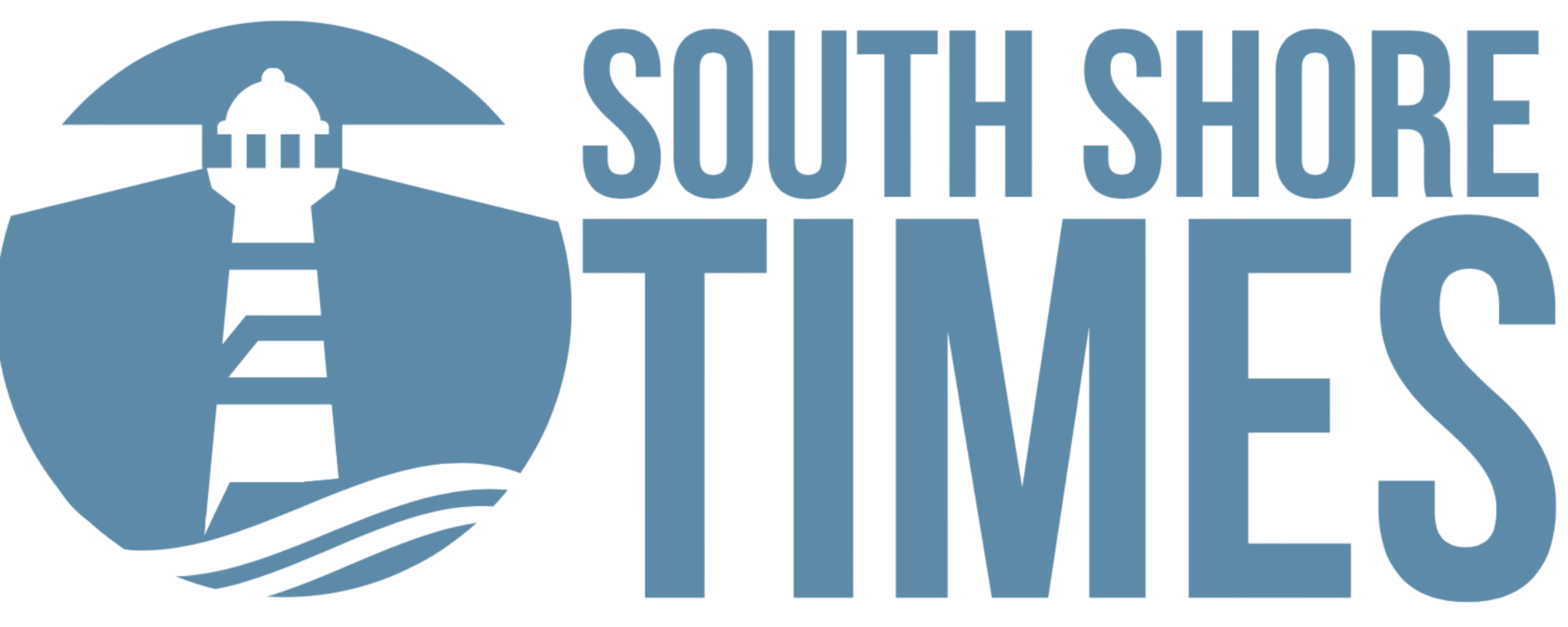Tangled Wires: Norwell’s Double Pole Highlights a Statewide Issue
In response to a resident’s complaints at a recent Norwell Select Board meeting about a years-long battle to remove the double utility pole in front of her home on Central Street, town officials chastised utility providers for their perceived inaction. One even suggested withholding permits for future work until this issue – and others like it – get resolved.
The problem? The double-pole problem is widespread across Massachusetts, not just the South Shore. As South Shore Times reporting discovered, the system in place to improve the removal of double poles is flawed, at best.
A Larger, Ongoing Issue
Norwell resident Suzanne Jevne isn’t alone in her quest to remove the double utility pole in front of her home. Neither are the dozens of South Shore residents who emailed South Shore Times after it published a story on the issue last week. In fact, as of last year, Massachusetts had approximately 18,917 double utility poles, an increase from 14,931 in 2019. Notably, nearly 16,749 of these poles had been in place longer than the state's statutory 90-day limit for removal.
Languishing double poles, like the one in Norwell, are illegal under Massachusetts General Law. However, the law has no enforcement mechanism. Proposals to change that - giving cities and towns the ability to fine pole owners - have languished in the state legislature for more than a decade.
Double utility poles, often resulting from system upgrades, construction projects, or safety concerns, occur when a new pole is installed alongside an existing one to facilitate the transfer of wires and equipment. The process of removing the old pole requires coordination among multiple utility and telecommunication companies, which can lead to delays.
According to a story written by the Massachusetts Municipal Association (MMA), utilities are well aware of the problem. “In response to local concerns about safety hazards created by doubled-up telephone poles, utilities are rolling out a Web-based system designed to improve coordination among utilities and municipalities for the transfer of wires and other pole attachments and the removal of double poles,” a story on the MMA website states. That story was posted in 2015.
The Who’s Who on the Norwell Pole Issue
As part of our reporting, South Shore Times reached out to representatives from National Grid, Verizon, Comcast, the Town of Norwell, and the National Joint Utilities Notification System (NJUNS).
Christine Milligan, a spokesperson for National Grid, described the process in a written statement.
“National Grid sets the poles and Verizon is responsible for the removal. We use a system called NJUNS which allows each utility and City or Town to monitor and see who is next up to remove their infrastructure from the pole,” National Grid said in a statement. “Once National Grid sets a pole and transfers our lines to a new pole, a ticket is generated in this shared system notifying other utilities of the work that needs to be done.”
In regard to the Central Street pole, Milligan noted that “we are completely off [that pole]. There is currently an active ticket for this pole, showing that the ball is in the court of a third party.”
The name of the third party was not available. But the ticket Milligan mentioned was created in the web-based system highlighted by MMA. That system is run by NJUNS, an organization that says it facilitates communications between utilities to enhance maintenance coordination.
A representative from NJUNS confirmed that the next step in the Central Street pole removal process belonged to a third party. On a follow-up call, that representative said they were instructed to cease communications with the media.
Verizon confirmed that their work is pending work by a third party. Again, the identity of the third party was unclear.
“While inspecting this site in Norwell recently, we discovered fiber, which does not belong to Verizon, attached to the pole in ways that need to be further adjusted, fixed, or modified by that third party before our work can begin,” said Verizon spokesperson Chris Serico in an emailed statement. “Once we are clear to start work, we'll respond quickly to begin transferring wires to the new pole and removing the old pole.”
Identifying the Third Party
National Grid, Verizon, and NJUNS all stated that the final stages in the pole removal process were pending the action of a third party. None knew the identity of the third party. Comcast confirmed that they were not the third party.
A utility worker at the site, who requested anonymity because they were not authorized to speak on behalf of their company, said that the remaining lines on the old pole likely belong to the Town of Norwell. Norwell Town Administrator Darleen Sullivan declined to comment on the record, and Norwell Highway Division Director Glenn Ferguson did not respond to multiple calls for comment.
Whoever the entity might be, it is unclear what, if any, communication they have received about their role in the pole removal process because they are not named in the NJUNS system. The NJUNS representative said that date entry errors have been known to cause delays.
The confusion over ownership, next steps, and removal timing in Norwell is reflective of broader, state-wide issues that have been present for years. In fact, our reporting found state public hearing records on double poles going as far back as 2003.
All of this could get even more complicated in the future. The Massachusetts Department of Public Utilities and the Department of Telecommunications and Cable are currently exploring options to add pole-mounted electric vehicle supply equipment on utility poles across the state.
As for the Central Street pole, a source tells us that multiple organizations are now working to confirm the identity of the third party and to fast-track the remaining work.

